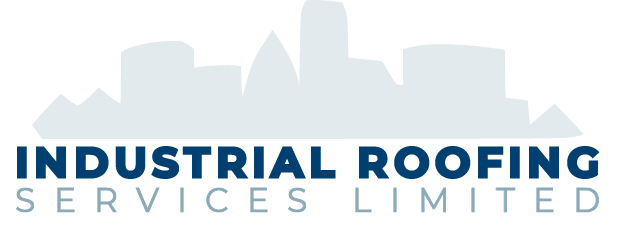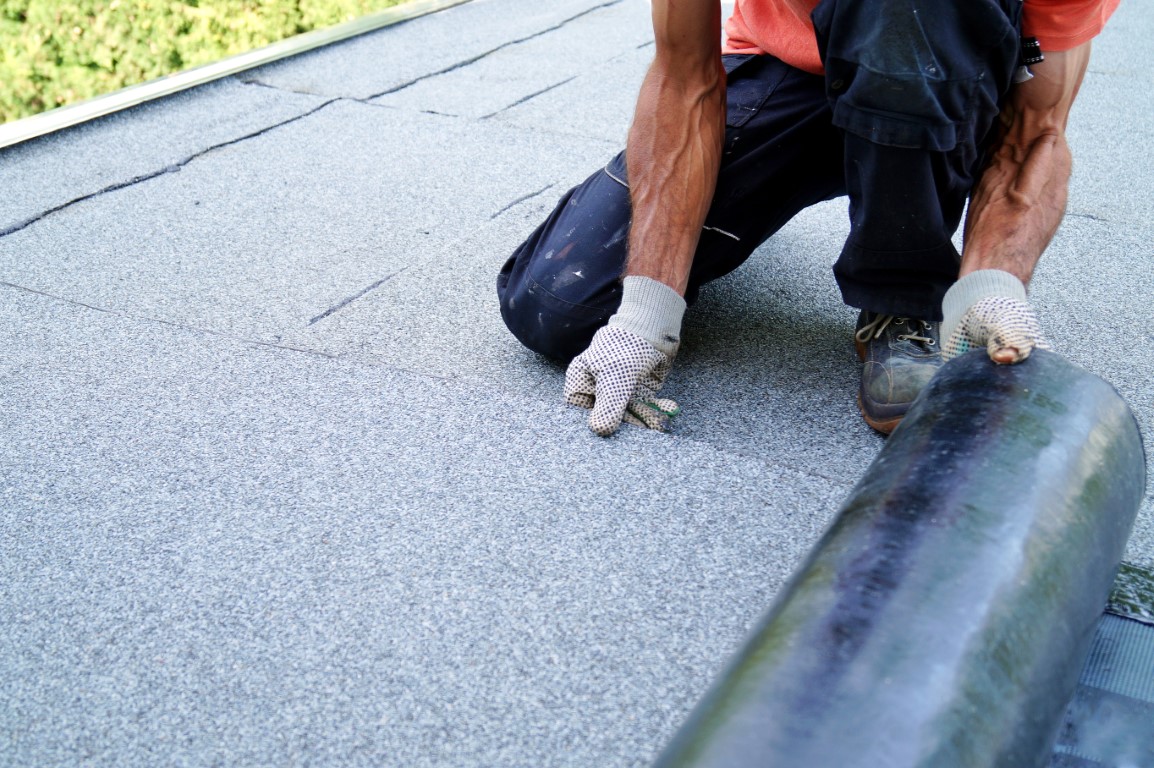Flat roofs are a popular choice for many buildings, including residential, commercial, and industrial. While they offer several advantages, such as affordability, ease of installation, and ample space for solar panels or rooftop gardens, they also require regular maintenance services for flat roofs and inspection to ensure their longevity and safety.
Here, we will discuss the importance of flat roof inspection and provide a comprehensive guide on how to inspect a flat roof.
Why is Flat Roof Inspection Important?
Flat roofs are more prone to damage and leaks than sloped roofs. The lack of slope means that water and debris can accumulate on the roof, causing damage to the roofing materials and leading to leaks. Additionally, flat roofs are often subjected to foot traffic, which can cause punctures and tears in the roofing membrane.
Regular flat roof inspection can identify problems before they become significant issues, saving you money on costly repairs and prolonging the lifespan of your roof. It can also help you comply with local building codes and insurance requirements.
How to Inspect a Flat Roof?
Safety first
Before beginning the inspection, make sure to take proper safety precautions. Wear non-slip shoes, and if possible, use a safety harness and fall protection equipment. Don’t inspect the roof during wet or windy weather conditions.
Visual Inspection
Start by doing a visual inspection of the entire roof surface. Look for any signs of damage, such as cracks, blisters, punctures, or tears in the roofing membrane. Check the flashing around vents, chimneys, and other roof penetrations for signs of damage or separation. Look for any signs of standing water or areas where water is pooling, as these can indicate poor drainage or a sagging roof deck.
Check for Debris
Any debris, such as leaves, branches, and trash, need to be removed from the roof surface. Debris can block the drainage system and cause water to accumulate on the roof.
Inspect the Drainage System
The drainage system needs to be checked for signs of blockages, such as standing water in gutters and downspouts. The gutters and downspouts should be securely attached to the roof and free of damage.
Roofing Materials
The roofing materials need to be inspected for signs of wear and tear. Signs include cracks, tears, or punctures in the roofing membrane. The seams and edges need to be checked for signs of separation or curling. If you have a gravel or ballasted roof, they need to be checked for signs of gravel loss or displacement.
Roofing Insulation
If your flat roof has insulation, it needs to be inspected for signs of moisture or damage. Wet insulation can reduce its effectiveness and lead to mould growth.
Check the Rooftop HVAC System
If you have HVAC units or other rooftop equipment, they need to be inspected for signs of damage or wear. The units should be securely fastened to the roof and not causing damage to the roofing membrane.
Regular flat roof inspection is crucial for identifying and addressing issues before they become significant problems. By following these steps, you can ensure that your flat roof remains in good condition and continues to protect your building for years to come. If you notice any significant damage or issues during the inspection, our professional roofing contractors at Industrial Roofing can address them promptly. Give us a call today to book your flat roof inspection.



